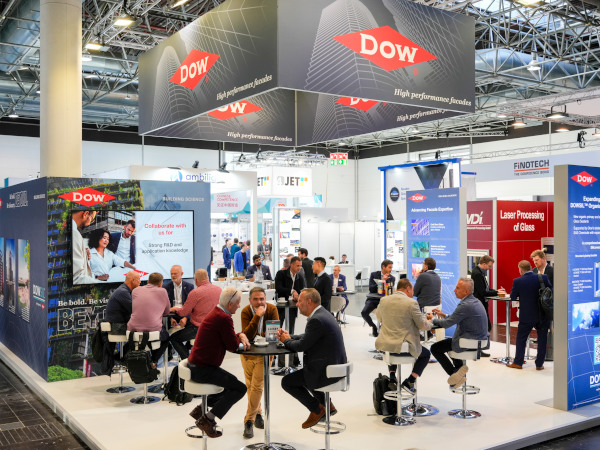Date: 2 July 2015
Patterson’s keynote address at the event reviewed the recent evolution in façade technology and applications. He identified current and emerging drivers that are powering this change and discussed the challenges and opportunities now facing the glass industry.
Patterson discussed some of the drivers of change, such as geometric complexity, material and process diversity and acoustical performance. "Most projects referred to as high performance have little to do with performative considerations, but are largely driven by appearance," he said.
"The building skin combines considerations of performance and appearance like no other building system," explained Patterson in his address.
Performance considerations typically focus on operational energy consumption and new construction. However, Patterson implored, "it's not all about energy -- adaptability, durability and recyclability should all be considered, as well. Beyond that, it’s not even just about operational energy. Factors like embodied energy, embodied energy debt, maintenance, renovation and end-life disposal are all crucial."
His presentation also defined differential durability as a measure of performance over time in a specific environmental context. "Materials and service life matter," said Patterson. He encouraged those in attendance to think about environmental impacts and the impact of your carbon footprint as well as cost.
“Our markets, our products, our systems -- the built environment -- are ripe for transformation,” said Patterson. “This presents both opportunity and threat.”
However, there are other factors to consider. "Barriers to adoption of high performance green facade technology include energy, cost, energy prices, building standards and codes, innovation, risk aversion, integration and other factors," said Patterson.
“We are building our future problems today,” he concluded.
About the Speaker
Mic Patterson is a designer, researcher, educator and entrepreneur whose work focuses on the building skin. He has concentrated his professional and academic career on advanced façade technology and structural glass facades. He pioneered the introduction of structural glass façade technology in the U.S. in the 1990s, contributing into the new millennium with the implementation of a diverse body of novel applications, including cable trusses, cable nets and grid shells. Most recently, Patterson participated in the establishment of the Enclos Advanced Technology Studio (ATS) where he works as the Director of Strategic Development.
Patterson earned a Masters of Building Science degree at the University of Southern California School of Architecture, where he is currently a PhD candidate. He has taught, written extensively, and lectured internationally on diverse aspects of advanced façade technology. He is the author of Structural Glass Facades and Enclosures.
More information about AAMA and its activities can be found via the AAMA Media Relations page or on the AAMA website, www.aamanet.org.
AAMA is the source of performance standards, product certification
and educational programs for the fenestration industry.SM









Add new comment